Rear I/O
The rear I/O features:- PS2 Keyboard
- Six USB 2.0 ports
- Optical and RCA digital S/PDIF
- HDMI and DVI out (with HDCP)
- VGA out
- One eSATA port
- One RJ45 Gigabit Ethernet socket
- Six 3.5mm analogue audio jacks supplying 7.1 channel surround sound as well as microphone and line-inputs
The eSATA is an extension of the southbridge SATA ports - the advantage is that if you make a RAID array on the internal ports you can extend it to the eSATA as well.
Again though, there are some limitations - the AMD 780G chipset is limited to a single digital output so both the DVI and HDMI cannot be used simultaneously, but the VGA and one digital output can. Unlike the Nvidia GeForce 8200 chipset, the AMD 780G is limited to S/PDIF audio (5.1 channel DVD quality) over HDMI rather than the potentially higher quality 7.1 channel LPCM standard. This is because its Universal Video Decoder (UVD) features a sound controller that automatically includes audio into the HDMI output, without the need for a passthrough cable.
It's perhaps missing more niche features like DisplayPort (the chipset doesn't support it anyway), older S-Video outputs or even Component output, but given the space the correct connectivity choices have been made in our opinion.

BIOS
As with every new board, we update the BIOS to its latest version in order to keep it as current as possible. However, attempting to flash BIOS caused an unexpected headache as by default J&W write protects it, and finding the option buried deep in the BIOS (under the overclocking settings of all places) was an unnecessary difficulty.
In general the BIOS is surprisingly well equipped although quite poorly laid out and we were more childishly amused than enticed by the "JUSTw00t!" section (yes, really) where the performance controls are. Some options are thrown into unnecessary sub-directories: ACPI - General ACPI - options, or, northbridge configuration - RS780 config - Internal graphics config - options.
There's the option to overclock the 780G, but not the additional sideport memory like you can on the Gigabyte 790GX. The CPU also has suitable overclocking options too - you can adjust the HyperTransport frequency and width, processor frequency, CPU-Northbridge frequency (on Phenom K10 CPUs). J&W also throws in an "A.I. Overclock function" but it's mostly useless as all does is simply list 210-250MHz HTT clocks in 10MHz increments. We also wonder what Asus thinks of J&W using its "A.I." nomenclature.
The overall memory timing support is very good, although again the simple list of everything is unintuitive to use and the current timings are listed is on the page before, so it's a case of flicking back and forth, plus the Command Rate option is thrown below the voltages on the different page too?! The CPU voltage options are also just as confusing as the "Processor Voltage (VID)" in the "AMD Overclocking Configuration" submenu houses voltage options for the CPU specifically up to its rated voltage, however using the "CPU voltage control" you can go from 1.0V to 1.55V? For the rest of the voltages there's a clear indication of the current voltage is as well as what you're changing it to above it, but there's (understandably) very little overhead in the HyperTransport, southbridge and northbridge voltages.
There is no BIOS profile saving and no in-BIOS flash utility, however the attempted fan control is reasonably good - there are options for manual, thermal and average speed control, but again some of the options inside are at best convoluted and require some trial and error to get right.
On the whole, the board makes a good attempt to provide overclocking support but really isn't designed for it. The layout maybe incredibly messy but the feature support is actually pretty good, although only once you spend some time with it.

MSI MPG Velox 100R Chassis Review
October 14 2021 | 15:04


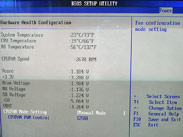
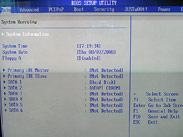


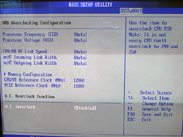
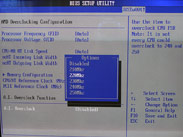
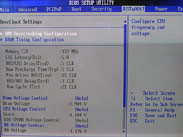
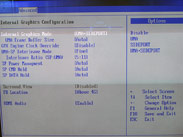







Want to comment? Please log in.